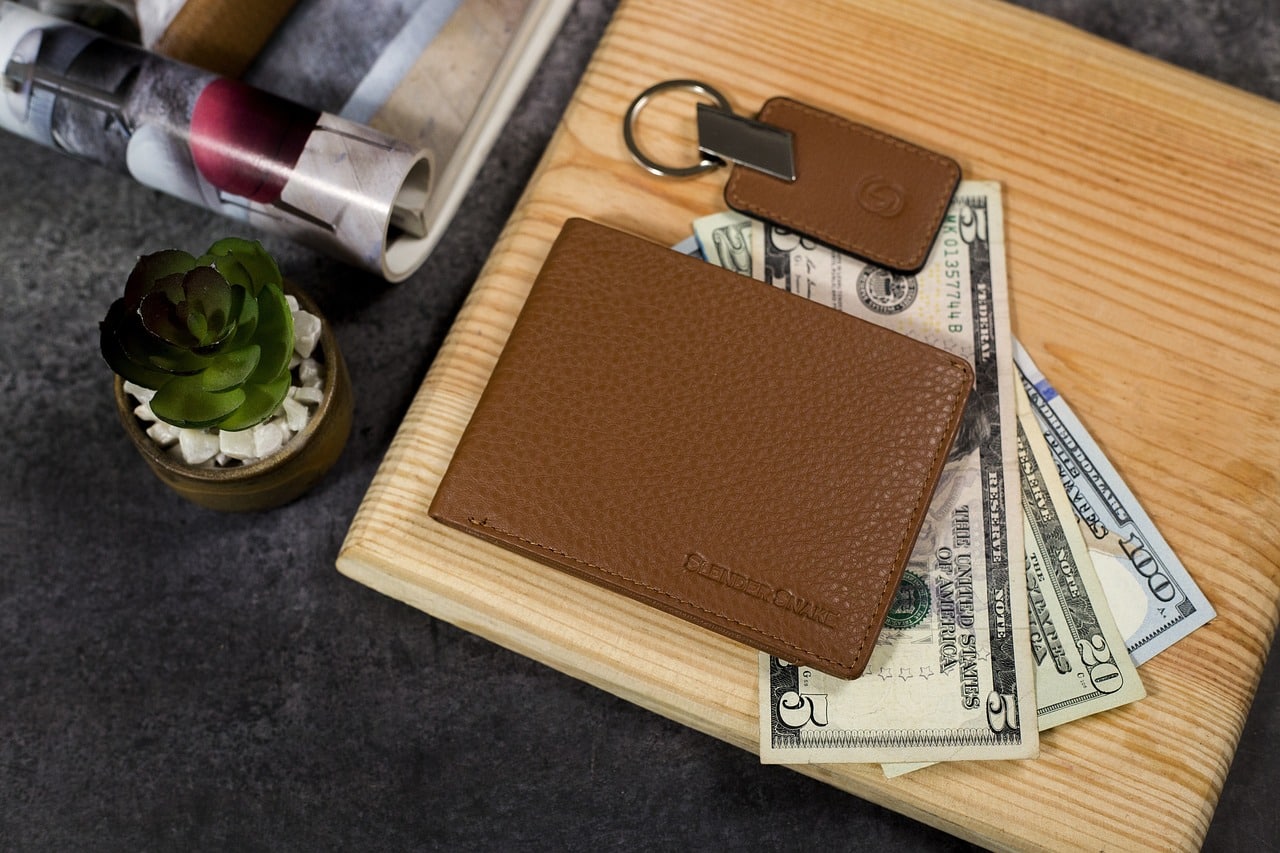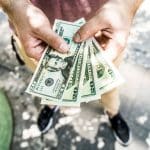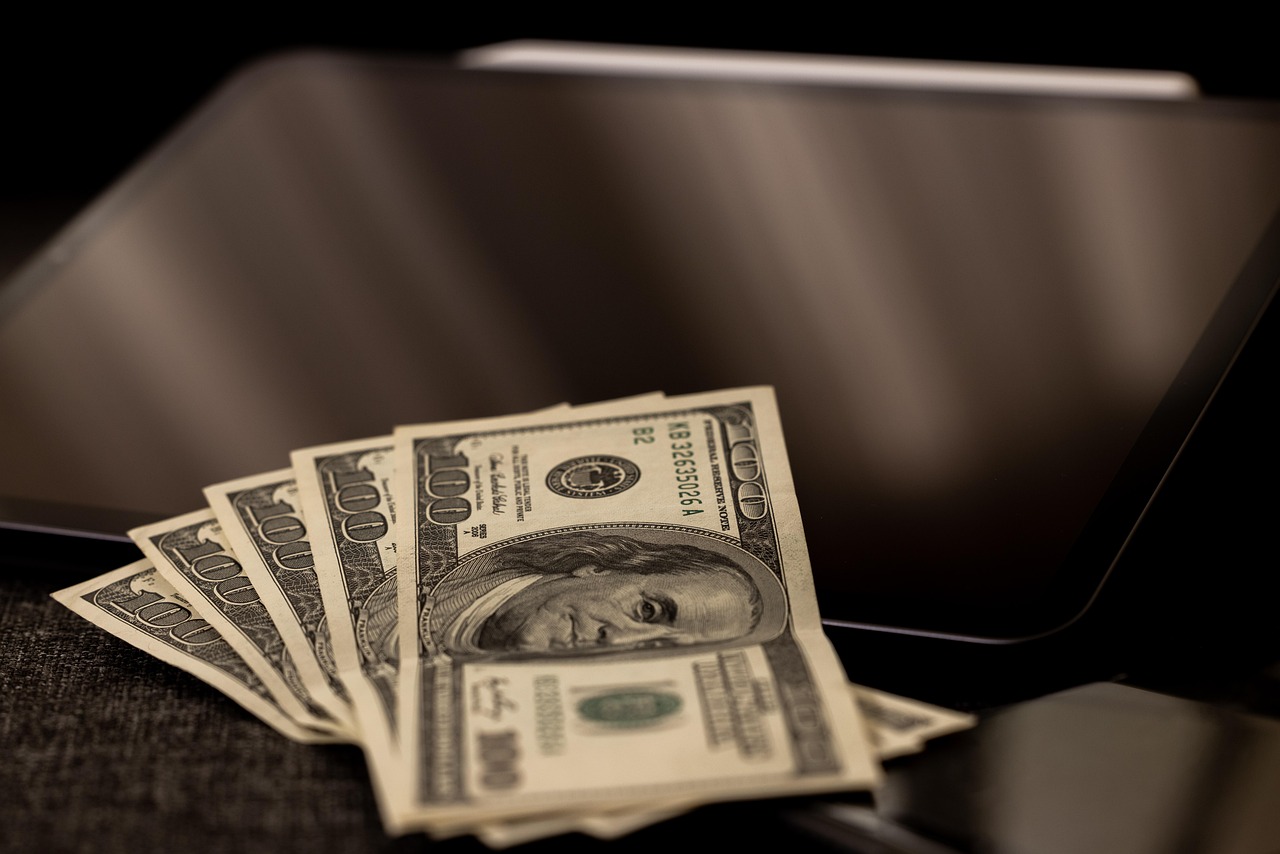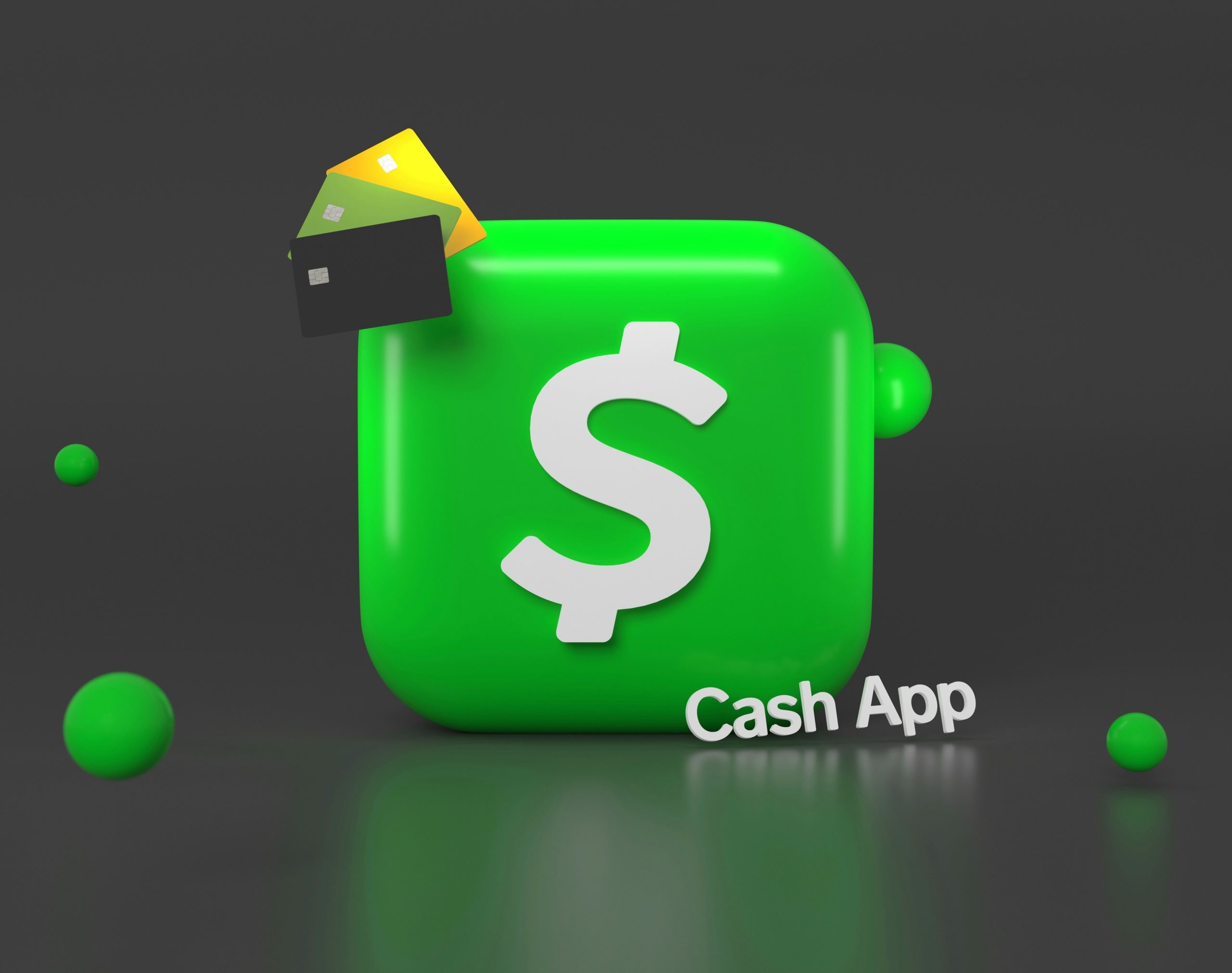Mastering the No-Spend Challenge: Tips for a Successful No-Spend Month

A no-spend month is more than just a financial exercise; it serves as a powerful opportunity to reevaluate your financial habits and redefine your approach to managing money. By temporarily cutting out non-essential expenses, you’ll not only save money but also gain valuable insights into your spending habits and priorities.
In this article, we’ll explore how to plan and succeed in a no-spend month, from setting clear rules and goals to using practical tools like budgeting apps. With a little preparation and commitment, you can use this challenge to jumpstart your financial journey and make meaningful progress toward your savings goals.
Key Takeaways
- A no-spend month focuses on curbing non-essential purchases.
- Tracking spending habits can provide insights into personal financial behavior.
- Setting clear goals boosts motivation during the no-spend challenge.
- Understanding the psychology behind spending helps address root causes of overspending.
- For best results, consider freezing your cards to avoid impulse buys.
What is a No-Spend Month?
A no-spend month is a way to save money by not spending on non-essential things for 30 days or more. You can still pay for things like rent, utilities, and groceries. But, you cut out spending on things you don’t really need.
Understanding the Concept of a No-Spend Month
The average single-person household spends approximately $4,641 each month on expenses. A no-spend month encourages you to evaluate your spending habits, create a budget, and adhere to it. By concentrating on essential expenses, you can learn to avoid unnecessary purchases and prioritize what truly matters in your financial life.
How Does a No-Spend Challenge Work?
Starting a no-spend challenge lets you make your own rules. You decide what’s important to spend money on, like food and bills. You try to not spend on things like entertainment or fancy items. Tracking your progress and sharing it online can help you stay on track.
Reasons to Consider a No-Spend Month
Trying a no-spend month can really help you understand your money better. It helps you spend smarter and can help you reach your savings goals. Planning meals and using what you already have can save you money and reduce waste.
| Key Elements of a No-Spend Month | Description |
| Duration | Typically lasts a full month, with variations possible. |
| Necessary Expenses | Includes food, utilities, shelter, transportation, debt payments, insurance, and medical expenses. |
| Main Motivation | To save money by stopping non-essential spending. |
| Meal Planning | Aids in saving more and reducing food waste. |
| Popular Months | January and November are common times for participants. |
| Accountability | Sharing the experience on social media enhances commitment. |
Setting Yourself Up for Success
Starting a no-spend month needs careful planning and dedication. It’s key to set clear goals, make a budget, and pick the right time. Each step is important for reaching your savings goal and staying motivated.
Defining Your Motivation and Goals
Identifying your motivation and setting clear goals are essential steps when starting a no-spend month. Having a specific reason for taking on this challenge, whether it’s saving for a vacation, paying off debt, or building an emergency fund, provides a sense of purpose and keeps you focused. Without a defined goal, it’s easier to lose motivation or stray from the challenge.
Take the time to reflect on what you hope to achieve by the end of the month. Write down your goals and keep them visible, whether on your phone, a journal, or a vision board. This constant reminder reinforces your commitment and increases your chances of success.
Choosing the Right Time for Your Challenge
Timing plays a critical role in the success of a no-spend month. Selecting a period that aligns with your lifestyle, financial situation, and external obligations ensures you’re set up for success. For instance, months like January or November are often ideal, as they coincide with budgeting resolutions after the holiday season or pre-holiday planning.
Alternatively, choose a month where you don’t anticipate large expenses, such as birthdays, weddings, or other major events. If you know certain months tend to be quieter or less demanding financially, use them to your advantage. Planning around your schedule minimizes the risk of unexpected challenges derailing your efforts.
Once you’ve chosen the right time, prepare in advance by stocking up on essentials, creating a plan for potential exceptions (like emergencies), and letting those around you know about your challenge for added accountability.
Creating a Comprehensive Budget
A detailed and realistic budget is the backbone of a successful no-spend month. Begin by categorizing your expenses into two main groups: necessary and non-essential. Necessary expenses include rent or mortgage payments, utilities, groceries, transportation, and medical costs, while non-essential expenses cover dining out, entertainment, shopping, and discretionary spending.
Once you’ve listed all your expenses, identify areas where you can cut back or eliminate spending entirely. For instance, meal planning can help reduce grocery expenses, while free entertainment options can replace paid activities.
Using tools like spreadsheets, budgeting apps, or printable trackers can simplify the process and help you stay organized. Your budget should also include a small buffer for emergencies or unexpected costs, ensuring you remain flexible while staying committed to the challenge. Having a comprehensive budget in place, helps you find ways to save and stay committed.
| Expense Category | Allowed During No-Spend Month |
| Housing/Rent | Yes |
| Utilities | Yes |
| Groceries | Yes |
| Entertainment | No |
| Dining Out | No |
| Clothing | No |
| Medical Expenses | Yes |
By carefully planning and preparing, you can boost your chances of a successful no-spend month. This will help you reach your savings goal.
No-Spend Month Rules and Ground Rules
To succeed in a no-spend month, you need to know the rules. It’s important to tell the difference between must-have expenses and things you can live without. This helps you stay focused and committed.
Necessary Expenses vs. Non-Essential Purchases
First, figure out what you really need to spend money on. These are usually:
- Rent or mortgage payments
- Utilities (electricity, water, heating)
- Groceries
- Medical care and prescriptions
Try to avoid buying things you don’t need. These are often:
- Dining out
- Takeout or delivery services
- New clothing and accessories
- Entertainment, such as movies and events
- Impulse buys
By sticking to these rules, you’ll improve your financial habits. You’ll also learn to appreciate what’s truly important.
Emergency Situations: When to Pause the Challenge
Life can throw unexpected surprises, and sometimes you need to pause your no-spend plan. Set clear rules for when it’s okay to stop. Common reasons include:
- Unexpected medical expenses
- Essential car repairs
- Urgent home maintenance needs
It’s okay to make these decisions without feeling guilty. Your mental and financial health are the most important things. Remember, this challenge can help you appreciate the simple things in life.
Effective Tips for a Successful No-Spend Month
Starting a no-spend month can be very empowering. Keeping track of your spending helps you understand your habits better. It also helps you track your progress. Using smart strategies is key to a successful no-spend month.
Tracking Your Progress Throughout the Month
Watching your progress keeps you motivated. You can use printable checklists or apps to track each day. Many people find out about bad spending habits during these challenges. This awareness helps you spot spending when you’re tired, stressed, or distracted.
Meal Planning to Avoid Dining Out
Meal planning is an effective way to cut down on dining out expenses. With Americans spending an average of $300 per month on eating out, planning meals ahead of time can help you save money and minimize food waste. It’s a proven strategy for better financial and resource management.
Finding Free Entertainment Options
Looking for free entertainment keeps your budget safe. You can find fun activities at local events, libraries, and outdoors. This approach can make you feel more financially free after the challenge ends.
Making Use of Existing Resources
Use what you already have, like gift cards or items at home. This way, you don’t spend extra money. For example, most Americans spend over $40 a month in coffee shops while those who make coffee at home spend at least $40 a month.
Moving money to savings accounts helps too. It’s important to know why you’re doing this and what you want to achieve.
| Activity Type | Examples | Benefits |
| Free Entertainment | Local events, library activities, outdoor adventures | Reduces boredom, encourages creativity, promotes community engagement |
| Meal Planning | Organized grocery lists, prepped meals | Prevents dining out, maximizes pantry items, promotes healthier choices |
| Progress Tracking | Checklists, digital apps | Maintains motivation, identifies bad habits, reinforces commitment |
| Utilizing Existing Resources | Gift cards, household items | Enhances challenge without new expenses, fosters mindful spending |
Benefits of Completing a No-Spend Month
Trying a no-spend month can bring many benefits. You’ll learn more about managing your money and how to save better. It’s a great way to improve your financial skills.
Increasing Your Savings
One of the most immediate and noticeable benefits of a no-spend month is the ability to significantly increase your savings. By intentionally cutting out unnecessary expenses, you redirect funds toward your financial goals. Many participants find that they can save up to 20% or more of their monthly budget during a no-spend month, depending on their spending habits.
This additional savings can be used for both short-term and long-term goals. To maximize your results, track your expenses before the challenge begins to identify areas where you can cut back the most. At the end of the month, allocate the saved amount to a high-yield savings account or other financial priorities to ensure your efforts have lasting impact.
By focusing on needs rather than wants, a no-spend month provides a powerful financial reset that not only saves money in the short term but also sets the stage for healthier spending habits moving forward.
Resetting Your Spending Habits
A no-spend month is an excellent opportunity to reevaluate and reset your spending habits. By eliminating discretionary purchases for an entire month, you become more intentional about how and why you spend money. This process encourages mindfulness and helps you break free from impulsive or habitual spending patterns.
Throughout the challenge, you’ll begin to distinguish between true needs and unnecessary wants. After the challenge, many participants find themselves making smarter financial decisions. They may continue to prioritize intentional spending, focus on long-term goals, and adopt more sustainable money habits, creating a lasting positive impact on their financial health.
Boosting Your Financial Awareness
A no-spend month serves as a valuable exercise in financial self-awareness. By tracking your expenses and closely monitoring where your money goes, you gain a clearer understanding of your financial habits. This heightened awareness can reveal spending patterns you may not have noticed before, such as frequent impulse purchases or reliance on convenience items.
With this newfound insight, you can create a more effective budget that aligns with your goals and values. Additionally, a no-spend challenge helps build a stronger connection between your spending decisions and their impact on your financial goals. This clarity empowers you to make more informed choices, resulting in better money management and greater control over your finances in the long term.
Conclusion
A no-spend month is more than just a challenge—it’s an opportunity to reshape how you approach money. By cutting out non-essential spending and focusing on what truly matters, you can gain a deeper understanding of your financial habits and create meaningful change in your life.
Each successful no-spend month brings you closer to achieving your financial goals, whether it’s paying off debt, saving for a dream vacation, or simply feeling more in control of your money. As you complete the challenge, you’ll not only enjoy the tangible benefits of saving but also the pride that comes from making intentional, smart financial choices.
Read More
If you’re ready to take your savings and financial planning to the next level, explore these articles for actionable strategies and insights:
- How To Save 10K In 6 Months
- How To Save 3000 In 3 Months
- How To Save 10K In 100 Days
- How To Save 2000 In 3 Months
- How To Save Money On A Fixed Income
Keep building your financial knowledge and uncover the best methods to secure your future. Each step you take brings you closer to achieving your goals.
FAQ
What is a no-spend month?
A no-spend month means you don’t buy anything you don’t need for a whole month. You only spend on things like rent, utilities, and groceries. It helps you control your spending and think more about your money.
How do I start a no-spend challenge?
First, decide what you can and can’t spend money on. Know why you want to save and set goals. Pick a month and make a budget. Keeping track of your spending is important.
Can I still pay for emergencies during a no-spend month?
Yes, you can spend money on emergencies. If you have a medical bill or need to fix your car, you can spend without feeling bad.
What can I do to stay entertained without spending money?
There are many free things to do! Look for local events, use your library, or go outside. Making a list of these ideas can keep you from getting bored.
How can meal planning help during a no-spend month?
Meal planning helps you avoid eating out. Plan your meals and use what you already have. This saves you money on food.
How does a no-spend month benefit my overall finances?
A no-spend month can really help your savings. It stops you from buying things on impulse. This challenge can change your spending habits and make you more aware of your money.
What tools can I use to track my progress during the no-spend month?
You can use checklists, budgeting apps, or digital trackers to keep track. Recording your progress keeps you motivated and accountable.
Is it okay to cancel subscriptions during the no-spend month?
Yes, it’s okay to cancel subscriptions you don’t use. This cuts down on unnecessary spending. It fits well with the goals of a no-spend challenge.
How do I handle impulse buying during this challenge?
When you feel like buying something on impulse, remember your savings goals. Try the 24-hour rule—wait a day before buying. This can help you avoid buying things you don’t need.






